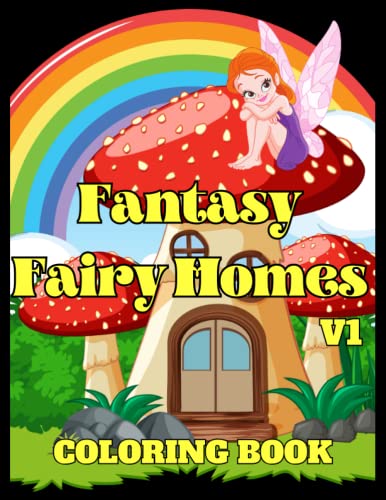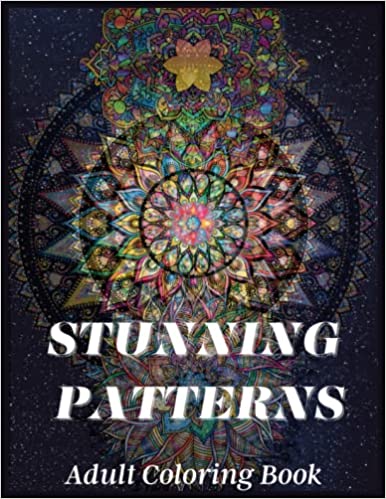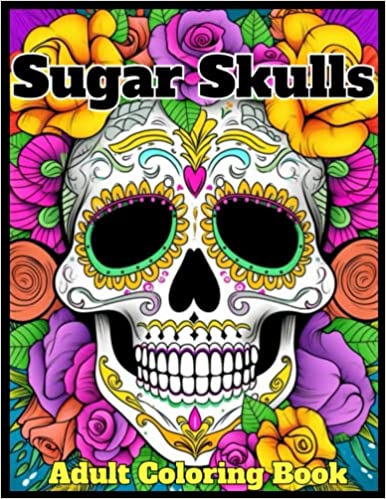
In an era characterized by fast-paced living, packed schedules, and incessant technological distractions, finding inner peace can often seem like a Herculean task. Amidst these realities, an ancient practice has been making a resurgence, promising an oasis of calm and tranquility. This practice is mindfulness, a solution to the noise of our modern lives, and an avenue for enhanced well-being and mental health.
At its foundation, mindfulness is the act of being fully present and involved with whatever it is that we are doing at the time, free from distraction or condemnation, and conscious of our thoughts and feelings without becoming preoccupied with them. It’s about taking a step back, observing the world around us, and connecting with our inner selves. This focused awareness has been shown to relieve stress, improve mental agility, enhance emotional intelligence, and even positively affect physical health.
To better comprehend this concept, let’s delve into the origins of mindfulness. Rooted in Buddhist philosophy, mindfulness was initially an element of spiritual awakening and a path toward enlightenment. However, in recent years, it has been secularized and adopted widely in Western psychology due to its profound mental health benefits.
Dr. Jon Kabat-Zinn, a key figure in the popularization of mindfulness in the West, defines it as “paying attention in a particular way: on purpose, in the present moment, and non-judgmentally.” This definition emphasizes the three key elements of mindfulness: acceptance, presence, and purpose. Each of these elements contributes to our understanding and practice of mindfulness, inviting us to be purposefully present and accepting of our life’s unfolding narrative.
Mindfulness is not just about reducing stress or enhancing mental health; it’s also about enriching our lives. It enables us to experience life more fully, to truly engage in every moment, and to cultivate a sense of peace and contentment. When we live mindfully, we begin to appreciate life’s simple pleasures – the warmth of the sun on our skin, the aroma of freshly brewed coffee, or the melody of a favorite song – fostering a profound sense of gratitude and joy.
But how exactly do you practice mindfulness? Is it reserved for those meditating on mountaintops or attending lengthy retreats? The good news is, mindfulness is accessible to all of us, and it can be cultivated through various means.
Mindfulness meditation is one approach that is widely used. This involves sitting quietly, focusing on your breath, and then bringing your mind’s attention back to the present moment whenever it wanders. However, mindfulness can be incorporated into any activity—whether it’s eating, walking, talking, or even washing dishes. The key is to fully engage with the activity at hand, be attentive to the sensations it evokes, and maintain an open, non-judgmental mind.
Clinical studies have shown that Dr. Kabat-Zinn’s mindfulness-based stress reduction (MBSR) approach reduces anxiety and stress. It involves practicing mindfulness exercises and techniques over eight weeks. Participants report improved mood, higher quality of life, and decreased symptoms of stress and anxiety post the program.
A wealth of scientific evidence supports the benefits of mindfulness. Research suggests that it can help reduce symptoms of anxiety and depression, improve attention and memory, and even bring about structural changes in the brain associated with enhanced cognitive and emotional function.
Furthermore, practicing mindfulness can foster resilience, enabling us to navigate life’s ups and downs more effectively. By cultivating an awareness of our thoughts and feelings, we can observe them without getting entangled, respond rather than react, and make more conscious, thoughtful decisions.
In conclusion, mindfulness is a powerful, scientifically validated tool for enhancing well-being in our contemporary, fast-paced world. It offers a path towards a deeper connection with ourselves and the world around us, fostering a sense of peace, resilience, and joy. By harnessing the power of the present moment, we can navigate the complexities of our lives with more grace, clarity, and stability.
Interestingly, a trend offers a simple, engaging, and enjoyable way to practice mindfulness. Adult coloring books, once dismissed as a mere pastime, have come into the spotlight as an effective solution to relieve stress.
These are not your typical coloring books from childhood. Instead, they are filled with intricate designs, mandalas, and scenes that require focus and present-mindedness. As you navigate the complexities of the patterns and decide on the perfect hues, your mind is engaged in a mindful, meditative state, providing a much-needed break from the constant barrage of information and distractions that characterize our modern lives.
According to research, coloring can calm an anxious mind and produce the same mental state as meditation. It fosters calmness and mindfulness, which enables your mind to unwind after a hard day.
Adult coloring books create a “flow” state, where you lose yourself in the activity, your brain relaxes, anxiety reduces, and overall, you feel more upbeat. By directing your attention away from your worries and onto the task at hand, they provide a sense of peace and tranquility, making them an excellent tool for stress management.
In addition to stress relief, adult coloring books stimulate brain areas related to motor skills, senses, and creativity. They are a fun, accessible, and low-cost tool to relax, explore your artistic side, and most importantly, be more mindful. So next time you find yourself struggling with stress or anxiety, consider grabbing some colored pencils and a coloring book. You might be shocked by how powerful this straightforward practice can be.
As we continue to navigate the challenges of our modern world, mindfulness will likely remain a cornerstone of mental health and well-being. It invites us to slow down, engage fully with the present, and foster a sense of peace and acceptance — whether that’s through meditation, a walk in the park, or the pages of an adult coloring book. In doing so, we not only enhance our mental health but also deepen our understanding and appreciation of the beauty in our everyday lives.
FOR A FULL SELECTION OF KIDS AND ADULT COLORING BOOKS
CLICK HERE






